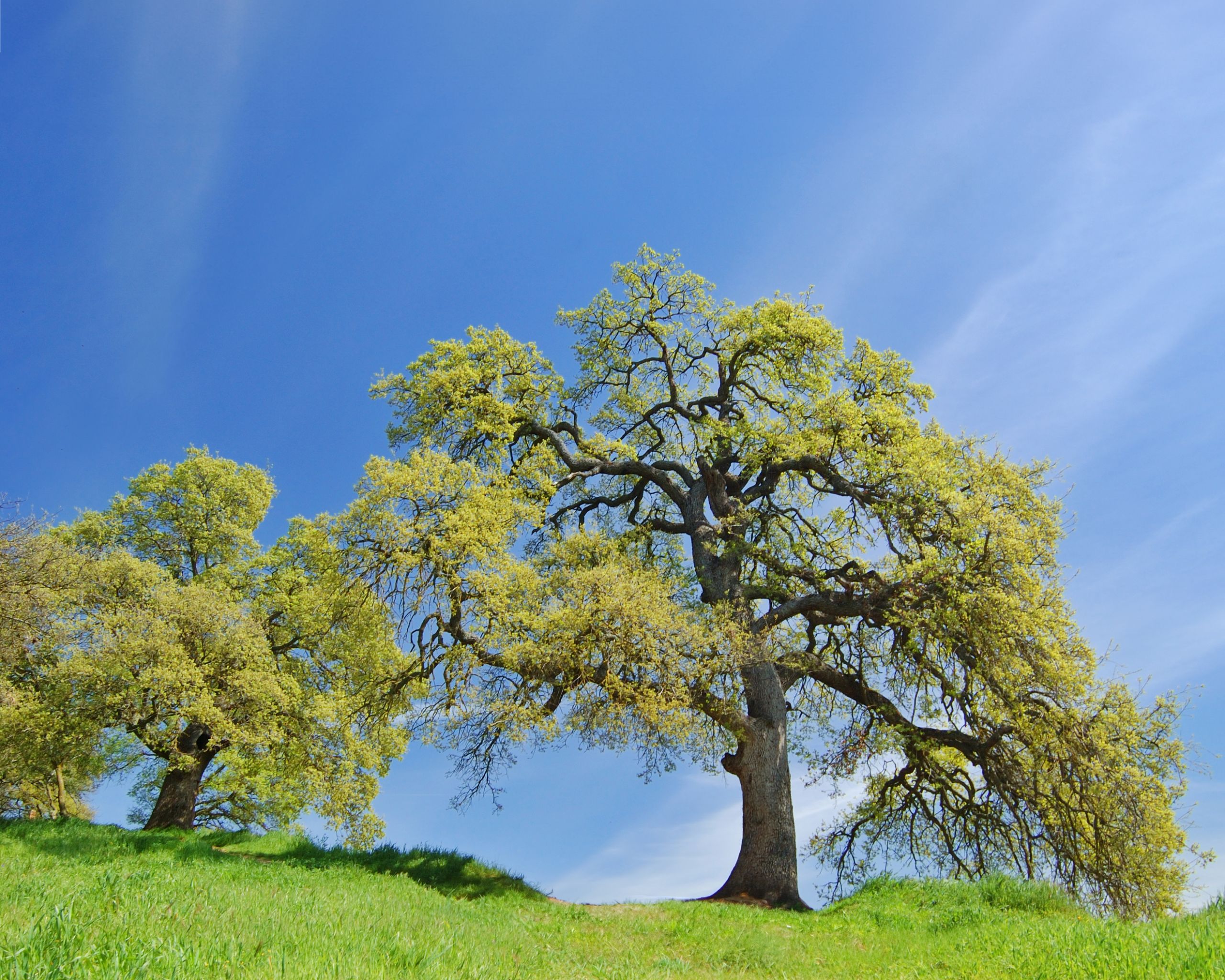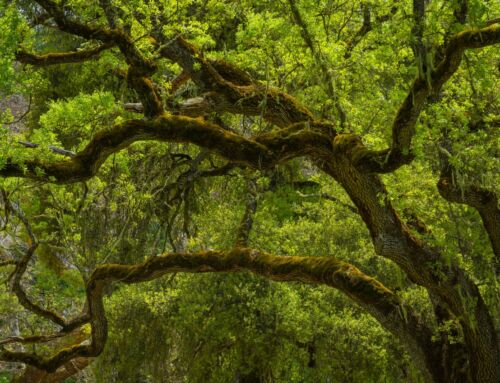Causes of Sap Dripping from Trees
Sap dripping, known scientifically as “gummosis,” can be caused by a myriad of factors. Below are some of the most common:
1. Environmental Stress
Trees, like any other living organism, can suffer from stress. Stress factors include drought, nutrient deficiency, root damage, poor pruning practices, and extreme temperatures. When under stress, trees may produce excess sap as a defense mechanism to seal wounds and protect against pests and diseases.
Treatment: Ensure your tree is appropriately watered, especially during dry spells. Mulch around the base to retain moisture and regulate soil temperature. Use proper pruning techniques, and avoid damaging the root system during construction or landscaping.
2. Insect Infestations
Many insects, such as borers, aphids, and scale insects, can cause sap to drip. These pests feed on the tree’s vital fluids, creating wounds from which sap seeps.
Treatment: Early detection is crucial. Inspect your trees regularly for signs of infestation. Natural predators like ladybugs can be effective against aphids. For more severe infestations, you might need to use insecticidal soaps, horticultural oils, or consult a certified arborist for more potent treatments.
3. Fungal and Bacterial Infections
Pathogens like fungi and bacteria can infect trees, leading to sap oozing from wounds created by these microorganisms. Common diseases include canker diseases, which can be caused by various fungi and bacteria.
Treatment: Remove and destroy affected branches to prevent the spread of the infection. Use fungicides or bactericides as recommended by an arborist. Promoting good air circulation by proper pruning can also help reduce the risk of infections.
4. Mechanical Injuries
Mechanical injuries from lawnmowers, construction activities, or animals can cause a tree to exude sap as it attempts to seal the damage.
Treatment: Prevent mechanical injuries by creating a protective zone around the tree. If an injury occurs, clean the wound and allow the tree to heal naturally. Avoid using wound paints or sealants, as these can trap moisture and encourage decay.
5. Natural Growth Process
Certain species, like maples and birches, naturally produce more sap during specific times of the year, especially in the spring. This is typically not a cause for concern and is part of the tree’s natural growth cycle.
Treatment: No treatment is necessary. However, if the sap is causing issues or attracting pests, you can use tree wraps to manage the flow and protect the trunk.
Preventative Measures
Regular Maintenance
Regular maintenance is crucial in keeping your trees healthy and reducing the likelihood of sap drips. This includes proper watering, pruning, fertilizing, and monitoring for pests and diseases.
Seasonal Inspections
Conduct thorough inspections at least twice a year – in spring and fall. Look for any signs of stress, insect infestations, or infections, and take timely action to mitigate problems.
Proper Pruning Techniques
Pruning should be done correctly to avoid unnecessary wounding. Always prune during the dormant season, typically late winter to early spring, using sterilized tools to prevent the spread of diseases.
Soil Management
Healthy soil is critical for a healthy tree. Conduct a soil test to determine nutrient levels and pH. Based on the results, amend the soil with the necessary nutrients and ensure good drainage.
Sometimes the issue may be beyond the scope of home remedies and DIY solutions. If you notice any of the following, it’s advisable to consult a certified arborist:
- Persistent or excessive sap drips
- Unidentified signs of stress or damage
- Severe insect infestations
- Fungal or bacterial infections that do not respond to traditional treatments
Sap dripping from your trees can be caused by various factors, ranging from environmental stress and insect infestations to mechanical injuries and natural growth processes. Correctly identifying the cause is the first step in addressing the issue. With appropriate care – including regular maintenance, seasonal inspections, and proper pruning – you can ensure the health and vitality of your trees.
Maintaining the health of your trees not only improves the aesthetic value of your landscape but also supports the ecosystem by providing habitat and contributing to air quality. Remember, when in doubt, consulting a certified arborist can offer tailored advice and treatments to ensure your trees thrive for years to come.


